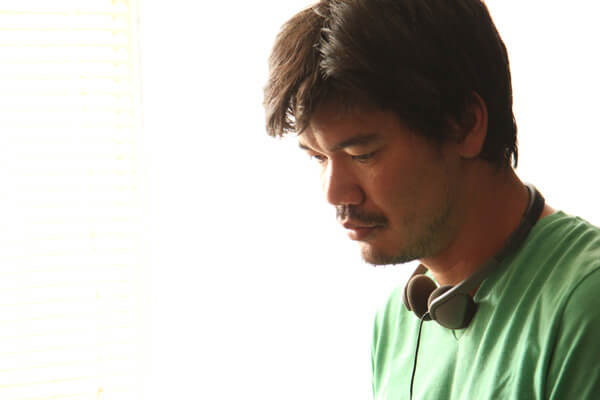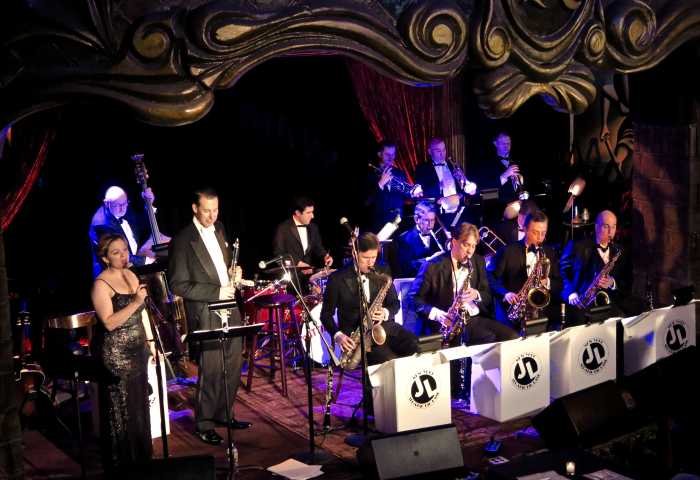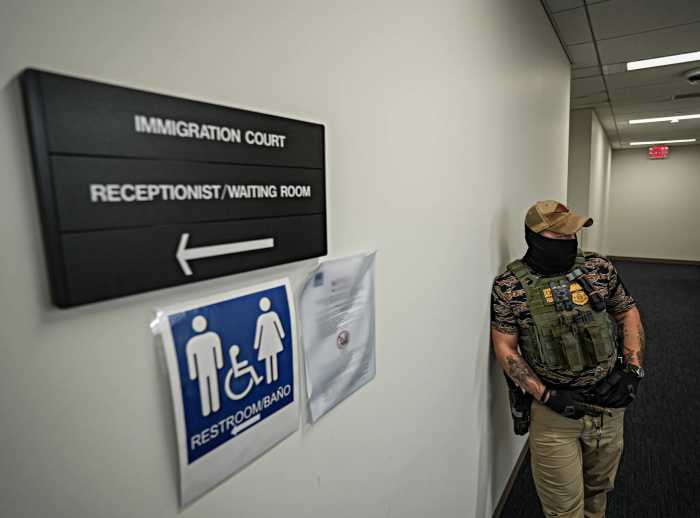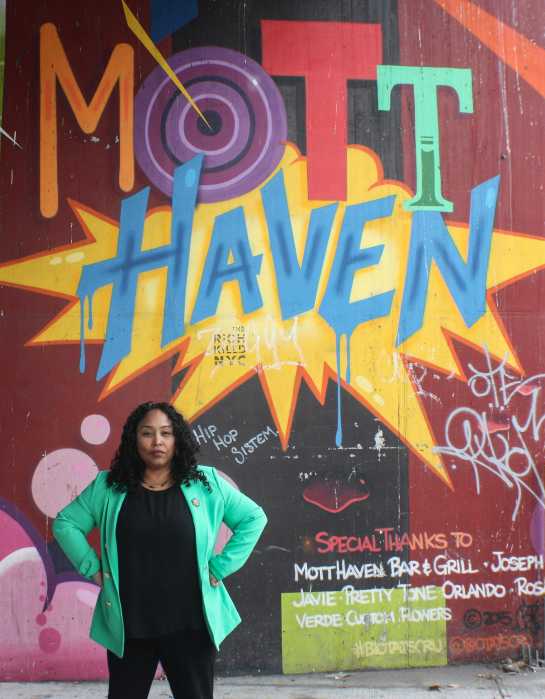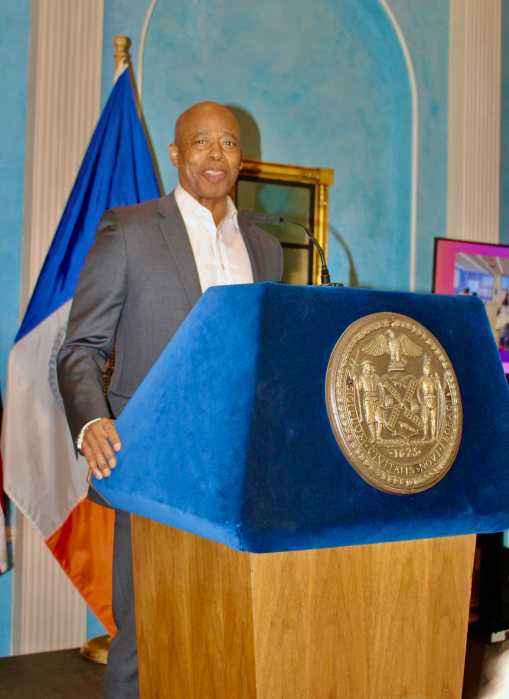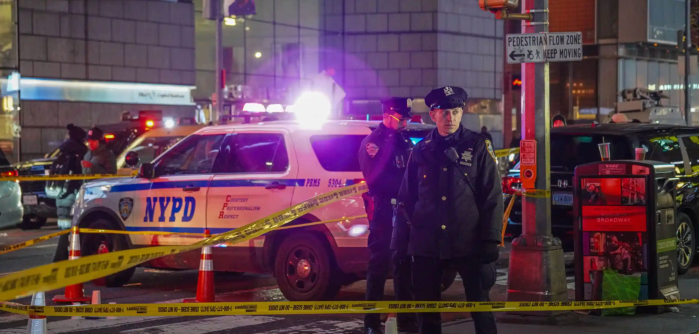Adèle Exarchopoulos (r.) and Léa Seydoux in Abdellatif Kechiche's “Blue is the Warmest Color.” | SUNDANCE SELECTS
If I hadn’t already admired Abdellatif Kechiche’s films, I might not have gone to see “Blue Is the Warmest Color.” Based on the graphic novel in French by Julie Maroh, the film is the coming of age and coming out story of Adele, a 17-year-old working class girl who falls in love with Emma, a middle class art student in the northern French town of Lille.
While the movie got great reviews in the “straight” press worldwide, in part for casting an interesting eye on class in France, far too many lesbians have ripped it to shreds, furious that the main characters were once again played by straight actresses and, more importantly, that the sex scenes were ridiculous. Demeaning. The whole thing was.
They blamed the male director and his unfortunately male gaze. Which got me wondering just what makes a lesbian’s gaze different. My own dyke eyes linger sometimes on breasts and ass — and pretty much every other female surface from the curve of a waist to an elbow’s crook. The biggest difference is that if I sometimes objectify females for my own lesbian pleasure, it is usually fleeting and hidden, not on screen at length.
My circumspection is all about homophobia, not high-mindedness. Show dyke desire in public, you still risk the attention of men that may well hit on you either metaphorically or literally. I even felt self-conscious in the movie house. The only identifiable dyke watching a lesbian-themed movie among a crowd of straights, I felt larger than usual. At risk. Like I was being seen, and judged. Which is partly why I think the dyke response was so harsh.
With so few lesbian images out there, they all represent you by proxy. You don’t want the filmmaker to choose an angle that makes Adele’s ass (yours) look too big, even if you believe the filmmaker meant to put you in her shoes to see her the way she saw herself, sloppy and kind of ugly, surprised to be declared the prettiest girl in the class.
You hate Adele’s dopey expression. The ridiculous sex that you want to be hot (we do more than just hold hands) but also discrete, dignified even, if sex is ever that. And when Adele’s upset, you don’t want to see snot on her face when she cries. At least not over and over.
There was plenty to make a dyke cringe, imagining herself up on the screen. But if you don’t sit through that, you’ll miss the moment the filmmaker switches over to a different gaze, portraying Adele through the eyes of her artist girlfriend, Emma, using all the light, all the angles that make Adele remarkably beautiful.
Seeing only what the filmmaker wanted me to, I hadn’t suspected she could be transformed like that into far more than just meat, more than an object of pleasure or disgust. Which meant Kechiche transcended the limits of what critics usually mean by the “male” gaze. A gaze that dykes and transmen are sadly as capable of as any guy. “I’d like to get me a piece of that.” “Ugh, did you see that dog?”
Lengthy sex scenes aside (the perfect time for a bathroom break in the three-hour film), I thought Kechiche brought an incredible generosity and sympathy to the film. That’s the only way he could have built the scenes I liked best. Including the most excruciating images I’ve ever seen of schoolyard homophobia. (Beware! Spoilers ahead.)
The scene began with the leader of her usual girl clique interrogating Adele about the blue-haired girl she’d been seen with — “She looked like a real dyke, a pussy-eater” — before demanding to know if Adele herself was a dyke. Adele vehemently, painfully denied it, eventually launching herself at the other girl. Kechiche caught it all. How girls police each other. The complicity of those in the crowd. The terror of having to face that long walk across the courtyard with all those hostile eyes.
Just before that was a dyke bar scene, when the filmmaker caught what it might be like to venture into one for the first time and confront all that bubbling sexual energy. The openly lesbian stares, interested, hungry, appraising. Then there was the teasing and jostling among dyke friends. It was almost hyper-realistically true.
Ditto for the scene when Emma threw Adele out for cheating on her — one of the most anguished, best-acted break-up scenes ever caught on film. Also remarkable were Adele’s heartbreaking attempt at reconciliation and Emma’s response. The acting of Adèle Exarchopoulos (Adele) and Léa Seydoux (Emma) was amazing. There were plenty of quieter moments, also, that were gentle, humorous, and loving. Which means that even flawed, “Blue Is the Warmest Color” gives lesbians a rare humanity and depth, pretty much the only mainstream film I’ve seen that pulled it off.





